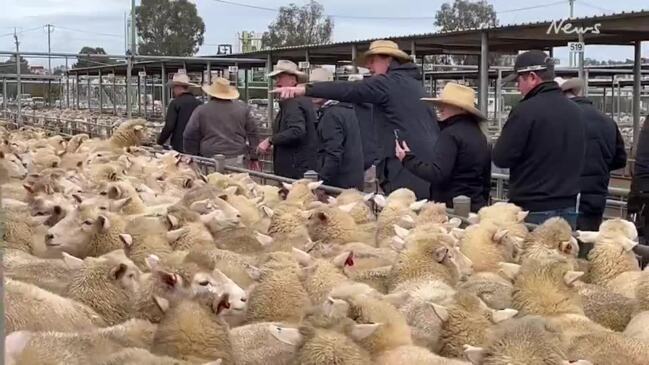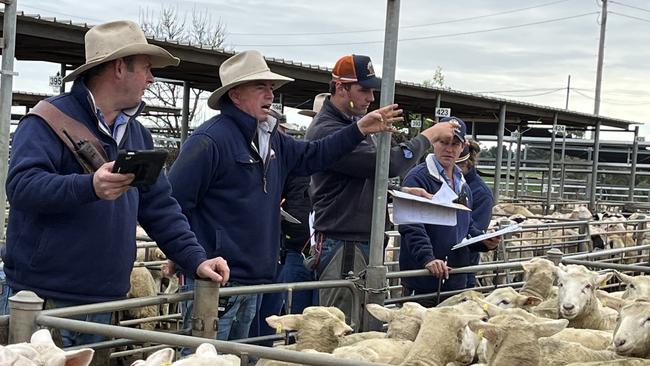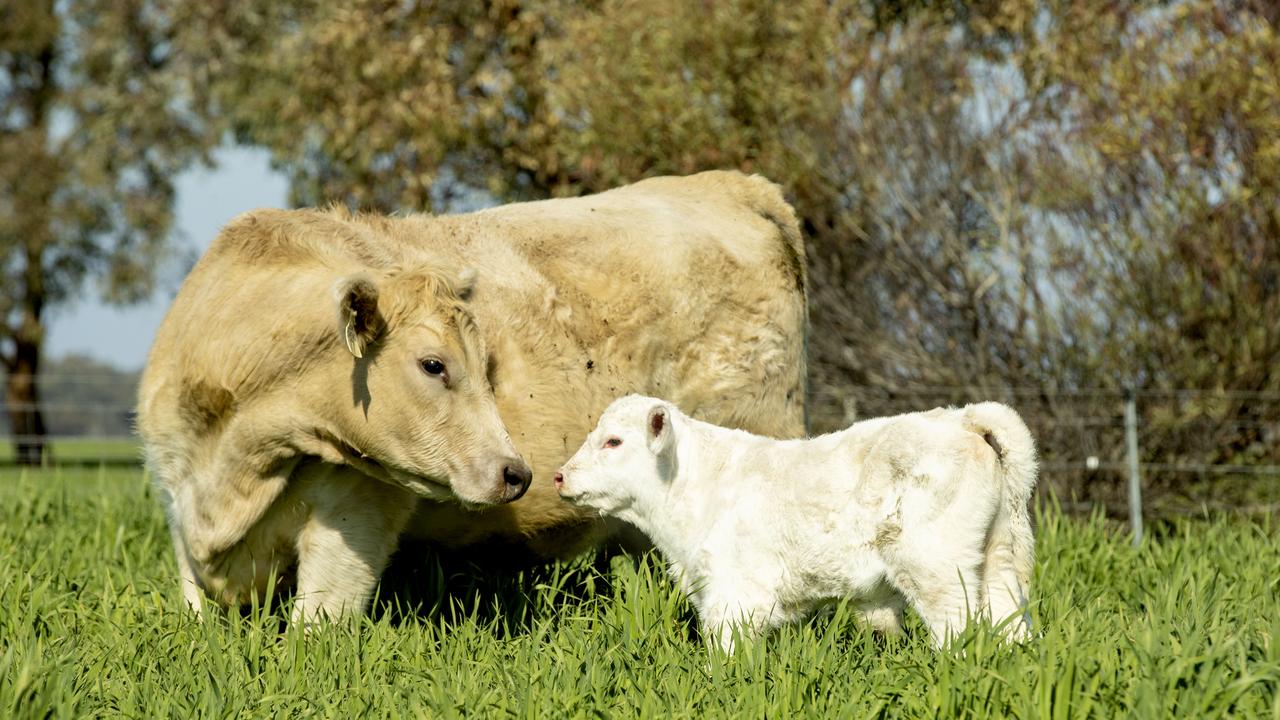Lamb profit calculator: How to find a profit as lamb margins tighten
Feeding a lamb into profit is becoming more difficult with producers keeping a close eye on the market to find the best returns.

It is becoming increasingly challenging to feed a lamb into profit as carcass price rates slide and the grain market remains buoyant.
Earlier this year, the mantra from agents was to feed and do a better job with lambs, which made sense back at the start of autumn when the heavy lamb indicator was trending above 800c/kg carcass weight to be at a decent premium to trade lambs at 730c.
After constant price checks, the heavy lamb indicator has fallen to a new 12-month low of 562c/kg cwt this week. It is likely to dive lower this winter, considering there have been markets in the past week that have recorded averages below 520c.
You can’t grain feed lambs at the sort of c/kg money the processing sector is currently offering, not when a proper mixed grain ration with acid buffers still costs north of $400 tonne.
Some agents at Bendigo ran through figures after this week’s sale and concluded that even the best feeders achieving high weight gains of around 320g a day would still struggle to break even on today’s carcass prices, i.e. it is costing them $5 plus to put a kilo of carcass weight onto a lamb.
Throw in issues like a few lamb deaths from grain acidosis, shy feeders and non-performers, plus the cost of shearing and pre-feeding health treatments like vaccinations and drenches. The figures easily slip into the negative.
The Weekly Times ran the figures through a feeding calculator spreadsheet provided by industry consultant Geoff Duddy, and a store lamb purchased at $120 (which was the going rate back in December) shows a feeding loss of more than $30 per head, noting this system takes into account labour and machinery cost allowances, etc.
Some producers would argue there are cheaper ways to feed, and a simple homegrown barley ration would be more cost-effective, although arguably not producing the best weight gains and performance either.

But while you can challenge the breakdown of feeding costs and rations, it is difficult to argue a case that grain feeding is a viable option to boost returns for lambs at present.
Another way to look at it is by dollar-per-head returns. In early March, heavy lambs in the national saleyard indicator were listed as selling for an average of $242 on an average weight of 29kg cwt. On Monday, the price was listed at $166 on an average weight of 30kg cwt. It marks a fall of $76 per head in a little over 12 weeks.
The scenario painted above highlights the bigger issue of livestock price points being too low in comparison to feed and input costs, which limits what farmers can do with stock as the figures don’t stack up.
It was touched on by AuctionsPlus market analyst Damien Thomson last week. He looked at cattle and used price data to question whether holding stock to add extra weight (off grass, not necessarily grain) was now a viable option.
Mr Thomson said the much lower cents per kilogram price rates for cattle had taken the gloss off holding stock: “While the adage that ‘weights beats rate’ usually holds true, prices have declined beyond what weight gain can counteract.’’
For lamb, the consequences of feeding not being a viable option could be harsh in the spring when big numbers of store lambs are pushed out.
Agents said the confidence of lamb traders had been hit hard by the shock price events of this autumn and winter, and store lambs would have to be severely discounted for many to reinvest again.
Basically, the lamb market the way it is at present does not offer any incentive for farmers to feed.




